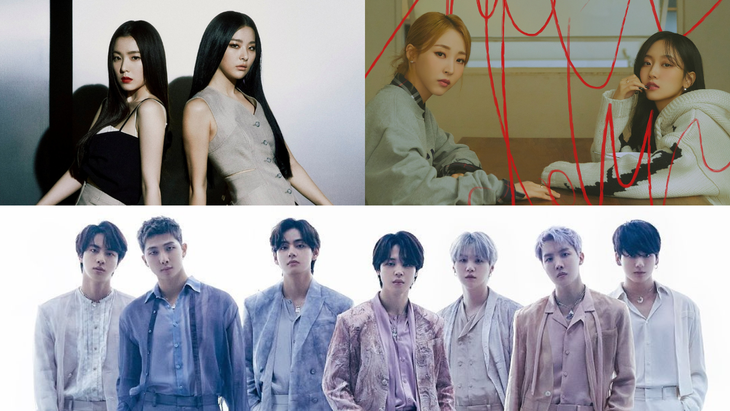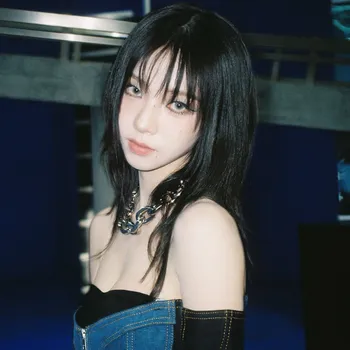
SM Entertainment / MoonByul's Instagram / BTS' Instagram
Culturally significant, historically potent, and politically charged all at once, Pride Month is upon us. What started out as a commemoration of the 1969 Stonewall Uprising in New York City, has now become a global celebration of queer identities, voices, and activism. It is also a time to shine the spotlight on relevant discourse surrounding queer representation in various spheres of life, including arts and entertainment. In this context, one of the most highly debated and researched matters happens to revolve around K-Pop.
The reason why it is important, now more than ever, to discuss the portrayal of alternative sexualities and gender expressions in K-Pop is that Hallyu is no longer a niche. With BTS being invited to the White House to speak on hate crimes perpetrated against Asian Americans, BLACKPINK being appointed as Advocates for the United Nations Conference on Climate Change, and so on and so forth, K-Pop is arguably the most influential cultural power in the world at the moment.
With its long-standing legacy and magnanimous fanbase, K-Pop holds immense power as a platform for change. However, the industry doesn't quite stand up to this potential, at least not on a large scale. In this regard, this article aims to discuss three key concepts that define K-Pop’s contribution to queer discourse: soft masculinity, queerbaiting & the performative representation of homoeroticism/homosexuality through cross-dressing in K-Pop.
Soft Masculinity
One of the major aspects of K-Pop that has effectively been transformed into a site of debate on gend
Enjoy full access for just $1
Join over 10,000 active members!
🌟 Special Contents for Subscribers









